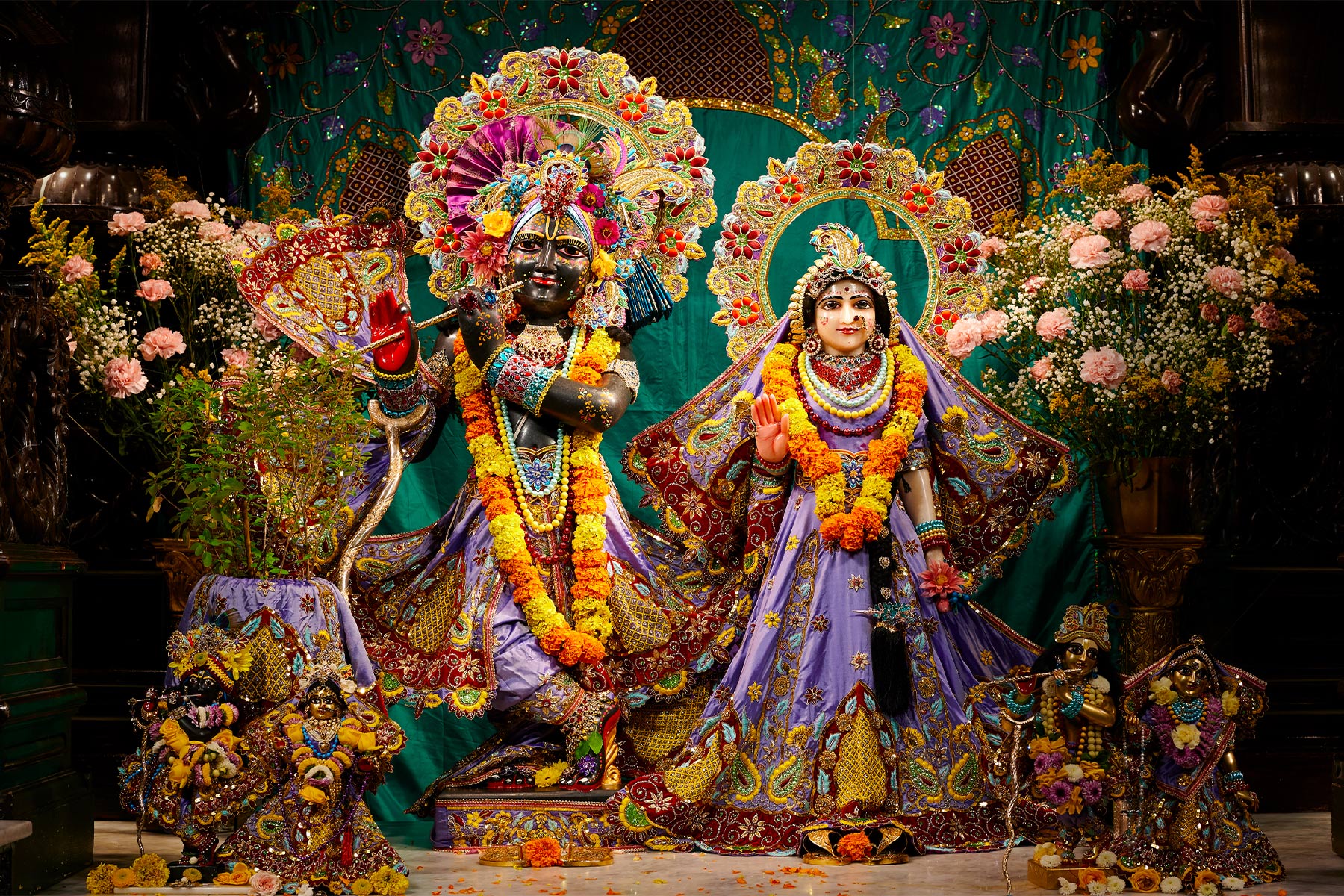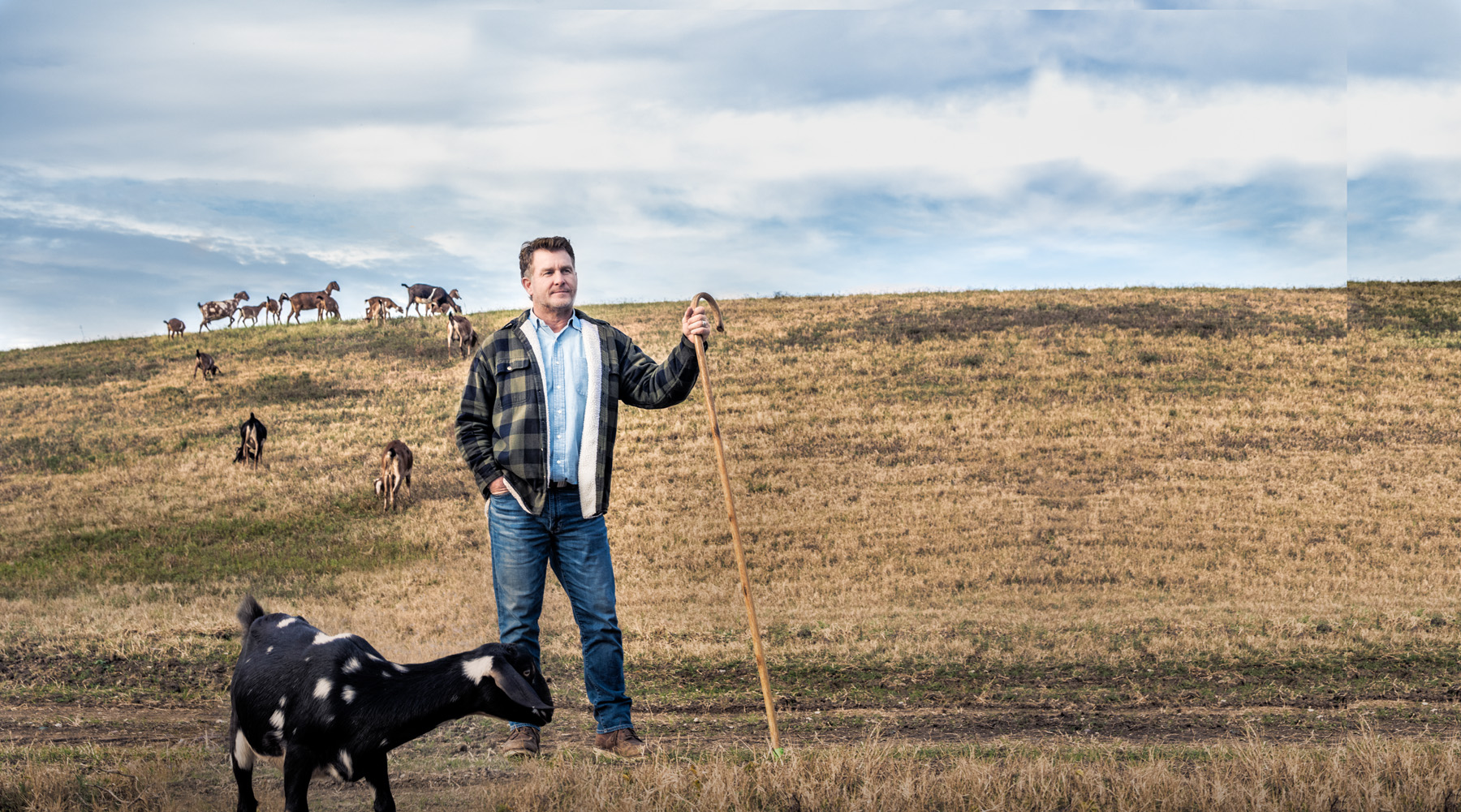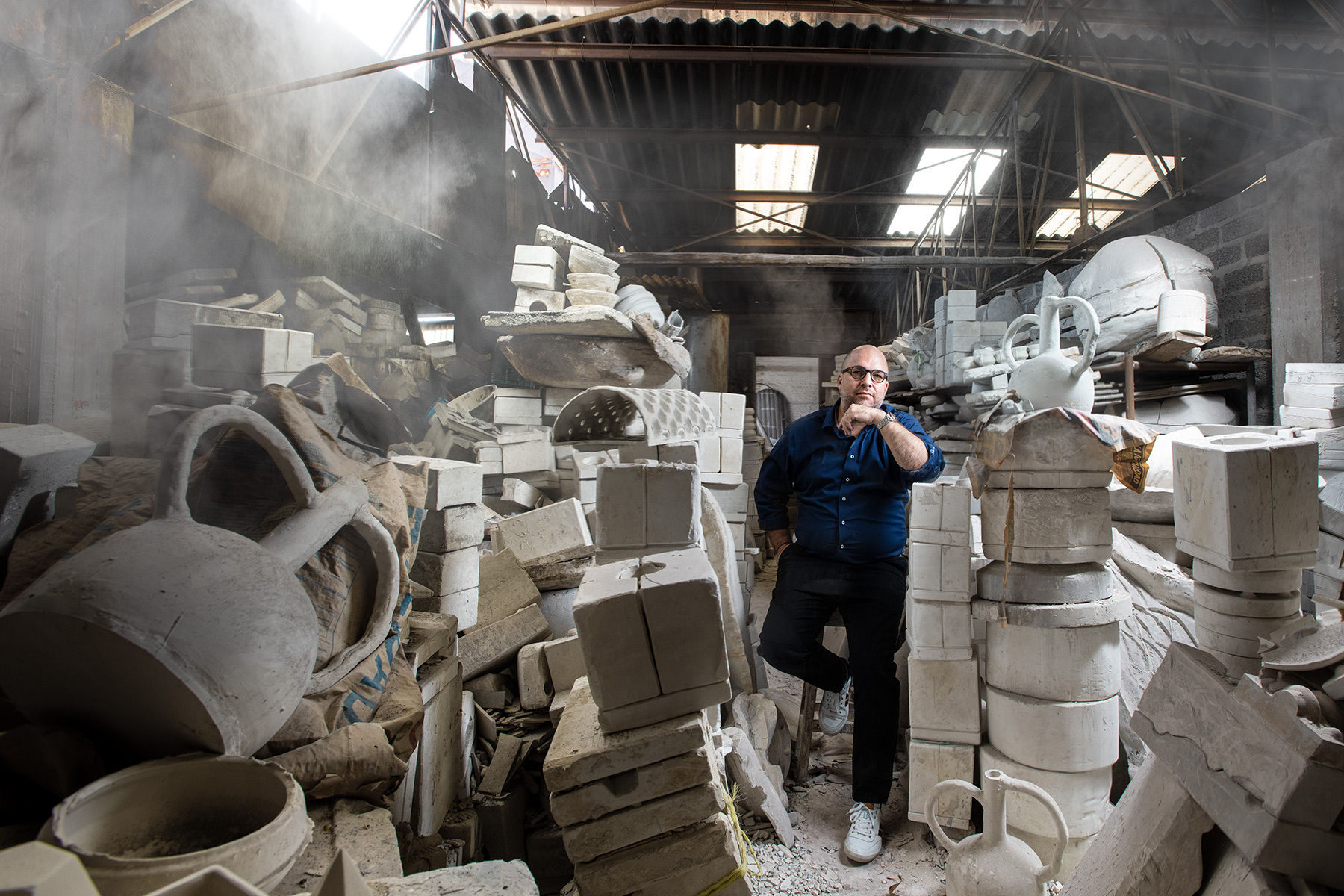Tim Rogers, Editor
From 2019:
You ready for this? My favorite story from 2019 is this profile of Michael Peticolas, the guy who brews the best beer in Dallas. Why have I selected this story? Because I wrote it, and I know it will irritate Zac when he sees that I picked one of my own stories. “Rogers picked a story that he wrote?” he will mumble aloud. “I can’t believe he’d do that. Wait. Yes, I can believe he’d do that. He’s such a jerk.” Zac is known for taking long walks around downtown during his lunch hour. These walks are fueled by rage. I am giving him fuel for 2020. Zac, you are welcome.
There’s another reason I’ve picked this story. It goes to the heart of why I love my job. In the process of reporting and writing the thing, I came to be friends with Michael. I mean, not the sort of friends who take family vacations together or anything. But we’ve watched soccer together and drunk beers together, which, for two guys, basically means that if Michael needed help disposing of a corpse, I’d help him out, no questions asked. Working for a magazine gives you an excuse to call up anyone in town and ask them if they’d like to hang out and share stories about their life. You get paid to learn stuff and, sometimes, make new friends. Not a bad deal.
From the Decade:
Bowling. It has to be the bowling story from 2012. Because it’s a story about bowling. Well, on its surface it’s a story about bowling. But beneath that surface lies something more important and far more universal. I’ll let you figure that out for yourself. Mike Mooney’s story is titled “The Most Amazing Bowling Story Ever.” That’s exactly what it is. I dare you to read it and disagree.
Christine Allison, President and Editor-In-Chief
From the Decade:

Zac Crain and Tim Rogers are having lunch at the old City Tavern in November 2013 when news breaks that Cowboys Hall of Famer Tony Dorsett has been diagnosed with CTE, or Chronic Traumatic Encephalopathy. Zac wants to tell the story. He gets Dorsett’s cell and reaches him at the airport. Dorsett is confused and agitated, mumbling that “someone had taken a bunch of money from him.” He tells Zac to call back. A few more calls yield an interview date, which Dorsett cancels the night before. Zac has a week to make the deadline for the February 2014 issue, so he does what you do. He drives to a Shell Station about a mile from Dorsett’s house in Frisco, where he sits in his 2006 Volvo S40, smoking and calling the former star in 45-minute intervals. The fabled Cowboy finally picks up—only to hang up a few seconds later. At this point Zac has called Dorsett well over 100 times. He is running out of time. Tim suggests jumping over the wall of his gated community. Maybe, Zac thinks.
He makes one last call. Dorsett answers. The result is “Tony Dorsett is Losing His Mind,” a devastating portrait of one of the finest athletes of his era, who, after suffering multiple concussions playing in the NFL, now suffers from CTE, and whose life vacillates between coherence to struggling to remember where he is.
I have never watched a Cowboys game. I have no interest in football. But after reading Zac’s story I watched all of the YouTube highlight videos of Dorsett’s extraordinary moments. I wanted to pay my respects. Read the story.
Kathy Wise, Executive Editor
From 2019:
My favorite story from 2019 might have to be “Jose and the Ceramic Factory,” by Eve Hill-Agnus. It is a gorgeous, rainbow-glazed fever dream of a quest to the heart of Guadalajara, one that traces the tiles that make up the downtown grab-and-go Commissary’s façade to Jose Noe Suro’s family factory with the help of an armored SUV. It also helped solve my biggest dilemma of the year: what light fixture I should install in my dining room.
After reading Eve’s account, I promptly marched down to 4510/Six and asked them for one of Suro’s signature honeycomb light fixtures that she said they carried. An intrepid store clerk searched around and finally found a leftover one in a back room. I believe she checked with Tim Headington, and he agreed to sell it to me for a steal. Between the light fixture and the Mezcal-fueled tales of Eve’s Mexican adventures with our staff photographer, Elizabeth Lavin, it’s the story that keeps on giving. (My goal for 2020: to frame one of Elizabeth’s factory portraits to hang on my dining room wall.)
From the Decade:
Looking back over the last decade, Peter Simek’s feature “Another Lone Gunman in Dallas” stands out for me. It was published in the September 2016 issue, but he wrote it initially as a blog post on July 8, the day after five officers were ambushed and killed downtown. I remember being absolutely stunned that he could synthesize the event so eloquently and thoughtfully in such a short period of time, while I found myself still struggling to catch my breath. Re-reading it now, it leaves me breathless once more.

Zac Crain, Senior Editor
From 2019:
I misunderstood this prompt (as far as anyone knows) a few years ago, and wrote a short essay about why each story I personally had written that year was great—while everyone else correctly and graciously wrote about other people’s work. I’m not going to do that again. I do have to say that it was personally gratifying to be able to complete the oral history of Dirk Nowitzki’s two-decade career in Dallas that I started way back in 2009.
But my favorite stories this year were by Eve Hill-Agnus. Her lovely pieces on Donny Sirisavath and his rice noodles, Jose Noé Suro and his Mexican ceramic factory, and the wonderful Kalachandji temple in East Dallas were what Eve does best, these sort of dizzying, dreamy slices of life. She’s a great restaurant critic and maybe our best feature writer and definitely our hardest worker, and it’s honestly infuriating.
From the Decade:
As far as the past decade, there are too many pieces to name. Holland Murphy’s wonderful, weird, and wonderful again cat story and Peter Simek’s complete portrait of artist Richard Patterson; Kathy Wise’s beautifully written Bonton piece and the True Crime package we put together. Those are all highlights, for sure, and that doesn’t even really mention the great work by Michael Mooney and Jamie Thompson, or the microfiction series I am delighted to be a part of.
But if I have to single out one story, it’s Tim Rogers’ profile of Barrett Brown, which is everything a profile should strive to be, and it was so deserving of the National Magazine Award that I am still stunned we brought home. Technically I edited it, but listen: I barely did anything. The behind the scenes stuff you should know is that it was what we are great at on full display: Tim disappeared to report and write and everyone picked up the slack so that we still ended up producing another banger of an issue, not just a fantastic story with some good-enough stuff around it.
tl;dr We are the best city magazine in the country.

Peter Simek, Senior Editor
From 2019:
Two sports stories jump to mind when looking back over the last 12 months. One is about one of Dallas’ most famous athletes and another is about its most forgotten ones. This was Dirk’s year, and after the curtain fell on a storybook career back in April, Zac took us back through the incredible ride. In November, Kathy also took us back in time, to the late-1970s, to relive the short, wild run of Dallas’ first professional women’s basketball team. And in a year that seemed to see the city’s food scene pivot, I loved Eve’s deep dive into the noodle makers from a tiny southeast Asian country who are challenging local palates.
From the Decade:
It’s difficult to go back over a decade and pick favorites. Where do you even start? Is it with Tim Rogers’ National Magazine Award-winning story about the mercurial, anarchic digital-revolutionary Barrett Brown, who helped overthrow the Tunisian government before being thrown in jail, an experience that Brown documented for D—writings that could also qualify as some of the magazine’s best stuff of the decade? Is it Mike Mooney’s The Most Amazing Bowling Story Ever Told, the heartbreaking account of how Plano bowler Bill Fong came within one pin of immortality and one of the best sports stories in the history of the magazine? Is it Zac Crain’s personal look into the suffering and redemption of the small town where he grew up, West, Texas, which was ripped apart by the explosion of a fertilizer plant?
These are certainly some of the best feature stories we’ve published, but then the magazine has done a lot more than just great storytelling. Over the past decade, D Magazine helped give Texas Daniel Vaughn, now considered one of the nation’s leading authorities on smoked meat, who penned our BBQ issue back in 2010. The mag claimed the crown of burger city and taco city, much to the chagrin of more than a few Texas neighbors. We marked the 50th anniversary of the JFK Assassination, an event that changed this city forever. We’ve watched the city’s food, cocktail, and beer scenes grow up, and helped push conversations about urbanism, city building, sustainable growth, and the Trinity River in ways that have reshaped how this city talks about itself and dreams about its future.
That’s a lot to accomplish, even in a decade.
Eve Hill-Agnus, Dining Critic
Favorite of 2019:
I adored the lyricism of Roberto José Andrade Franco’s feature “The Ghosts of Cement City,” which takes a historical, archival, and deeply psychological approach to the subject of Dallas’ first Hispanic cemetery. The subject is poignant, deeply and humanly researched, and the sentences draw you in, from the imaged lead to the end. Black-and-white photography, mixed in with sepia-toned old photographs, are haunting. You are in a world apart, outside of time, for the duration of the read. Roberto has created a gorgeous repetition structure—like call and response—and weaves stories throughout, so you are drawn ineluctably toward the end. A piece of our city’s history comes painfully, beautifully into the light.
I also have to admit, selfishly, that my second favorite story of the year was my own piece, “José and the Ceramic Factory,” which took me to Guadalajara to visit the ceramic factory of José Noe Suro, who is making tile for numerous restaurants and artist collaborations in Dallas. The piece was shot with incredibly vivid photography by Elizabeth Lavin, and I got to stretch as a writer outside my usual subject matter—food and dining—in ways that were rich. The result sheds light on our city in a way that also takes us elsewhere. The triangulation is brought so vividly to life by Elizabeth’s photography.

From the Decade:
I will not stop talking about Kathy Wise’s 2018 feature on Bonton Farms—not now, and not for the next decade. The way she creates scenes mesmerizes. The way she’s inserted herself into the story, with the sensitivity that the best profiles display, is matched by her skill in constructing the narrative—a dance of subject and observer, of introspection and context-setting. What she drew out of Babcock and her other subjects is remarkable. The stakes, the bigger picture, come into view seemingly effortlessly. It’s not effortless. The way the piece moves through sections has something like a Wagnerian opera to it. I wept at the end. And prayed. (Read to the last line, and you will see.)
Christiana Nielson, Managing Editor
From 2019:
I have two favorite stories from the past year. The first is Peter Simek’s Munchausen by Proxy feature. The level of detail that Peter was able to put in the story was astounding, and it shed light on a not-often-talked-about and often-misunderstood issue. It was a tragic story that ended on a positive note for the boy and his dad, and it made me want to keep up with the case.
The second is Kathy Wise’s history of the Dallas Diamonds basketball team. Before reading it, I had little to no knowledge of the trailblazing women’s team and what it accomplished for female athletes going forward. The feature could have gotten lost in all the ancient details, but it instead presented a thorough, clear, and interesting account of how the team formed and later disbanded. I loved it.
From the Decade:
So many stories from this decade captivated me, but these few stand out the most in my mind: Mike Mooney’s Most Amazing Bowling Story Ever, our True Crime package, Matt Goodman’s Dr. Death feature, Jamie Thompson’s story about the murder of attorney Ira Tobolowsky, Zac Crain’s profile of Omar Suleiman, Kathy Wise’s Bonton Farms piece, and all of Eve Hill-Agnus’ food feature packages. These stories inspire me, and I can still picture all of Elizabeth Lavin’s stunning accompanying photographs. Now excuse me while I spend the rest of the day re-reading them all.






